And this time, as I took off I was clearly under-powered and naturally this alarmed me more than it might otherwise have done and, aware that I had to immediately set myself up for an emergency landing, (and not get caught out by continuing into wind as I did last time - running out of runway), I called Mayday and did a tight turn downwind and then, still high, lined up at the start of the runway (and this is the funny thing with the Dragonfly wing) couldn't dump sufficient height to get in on the first run, so had to go around, but again in a very tight circuit. Once down, the engine died at idle. I restarted and Dave Garrison (who had given way to me in the circuit) reminded me to cancel the Mayday, after which, I taxied in to work out what was wrong.
A quick call to Paul Bailey suggested the main reason:- I had flown on a tank full of fuel that had been venting since the 6th July. No wonder it had lost its potency at the top end! Also, he said, having left the fuel in the carb the jets would be (what word did he use?) coated in the residue of the old fuel and this would affect the settings. He said that running new fuel through the carb would clean the jets. Never leave fuel in a carb for more than two weeks.
Lesson learned.
Steve has mentioned this before and I had forgotten. Others say they top up with fresh fuel, but this time I drained mine off completely and filled with new stuff and that did the trick.
I flew another circuit, but again came down very quickly because my throttle was slipping, so that I couldn't fly without keeping one hand on it. Once down, I tightened it.
Dave Broom kindly took G-CFKK up and confirmed that it was now climbing well but said he too had trouble with a slipping throttle. I tightened the throttle as best I could without the right allen key, and then went to test it again but aborted when the runway vibration made the throttle slacken again.

 Today I have bought some nuts and super glue for the throttle job and next time, and from now on, will be monitoring engine revs with a Tiny Tach *, a very nice little tachometer which works by induction (by wrapping a lead around the HT lead) to measure the number of sparks per second - and giving an RPM read-out. That should take the guess work out of power settings. Then all I need is a good flight to overcome the psychological block at take-off....the anxiety, which I didn't know was there, that I won't have enough power to get airborne.
Today I have bought some nuts and super glue for the throttle job and next time, and from now on, will be monitoring engine revs with a Tiny Tach *, a very nice little tachometer which works by induction (by wrapping a lead around the HT lead) to measure the number of sparks per second - and giving an RPM read-out. That should take the guess work out of power settings. Then all I need is a good flight to overcome the psychological block at take-off....the anxiety, which I didn't know was there, that I won't have enough power to get airborne.*The Tiny Tach cost me £45, which includes VAT and postage. You pay by return, once the item has arrived. I thought that very reasonable. The one done by Bailey was more expensive and anyway has been discontinued by their distributor because the price has been hiked by the manufacturer by 30%!









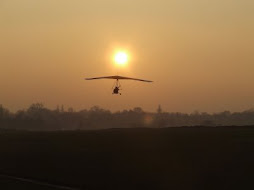

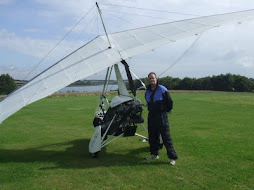









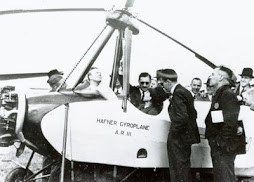

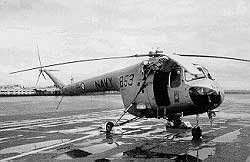
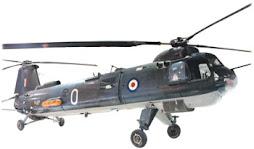









2 comments:
Maybe the foot throttle is a better option? Surely being able to keep both hands on the bar or be able to transmit on the Radio while having power control would be useful.
The Tacho/Hobbs looks very good. Nice and simple.
Fuel business:- I would have thought just mixing some fresh in the tank should suffice? That should purge through within a few minutes running?
How many small capacity single cylinder Bikes do you here of having to drain & refreshing fuel?
Was talking about a foot throttle this weekend, Colin...and may make one myself.
I think you are probably right about fuel....as long as I don't leave it standing too long.
The tacho worked well....but may have given me TOO MUCH info....because now I could see what a large variation in revs I got....hard to set up throttle. But now it its stable, I should get a good, positive read-out.
Post a Comment